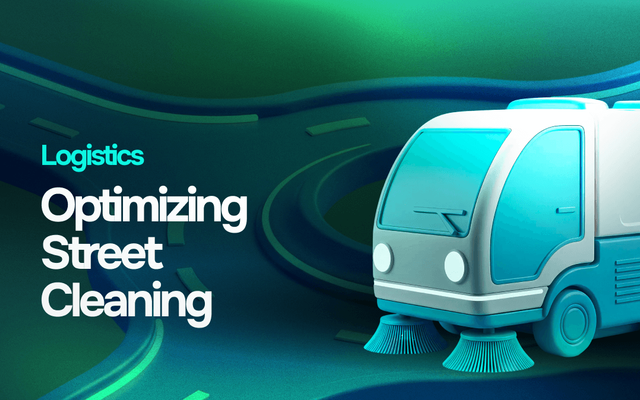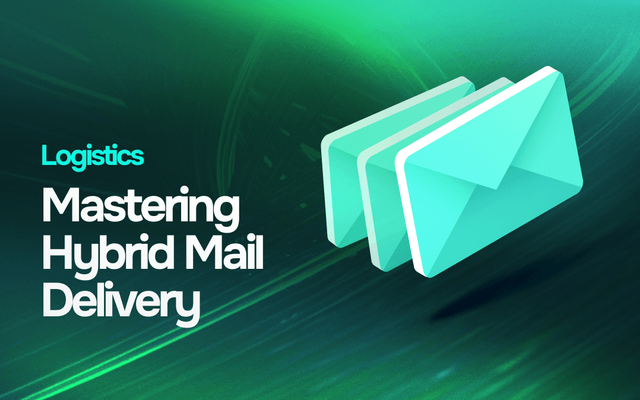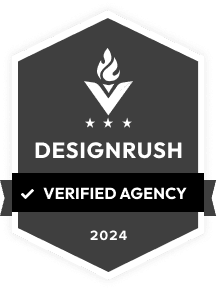Launching a digital product can be an exciting yet overwhelming experience for entrepreneurs. With so much to plan and execute, it's crucial to have a well-structured approach to ensure a successful launch. In this article, we'll share tips and tricks to help you correctly prepare for launching your digital product and we will provide you with simple examples and comparisons wherever possible. Let's get started!
Product Definition
First and foremost, it is crucial to know what you want to build and the problem you aim to solve. Knowing this and sharing this with the development team will help them come up with solutions that you might not think are possible, as you do not know all the limits of the technology. It is vital to have a clear vision of your product, which will also help in the later stages of development.
Roadmap
It is essential to know what you want to build not just in your next release, but also in the next 3-5 releases. This will guide your tech decisions and ensure the right foundation is prepared for your app. Even if you do not have enough money to build everything, just put the entire roadmap on paper and share it with the tech team, so they prepare for the future releases. Beside the tech team, this is a valuable asset for the first early adopters. As they start using your product with the trust that you are working on the roadmap and soon new features will be available.

Priorities
In addition to having the entire list of features, you must know the priorities of each functionality. Having the priorities set makes it easier to decide and split into milestones, and to know where the tech team should focus and what could be postponed for future releases. It is crucial to prioritize your features accurately to maximize your product’s value. Very often prioritization is the thing that saves a startup.
Written Requirements
Many founders share their ideas with many details, but nothing is written. This process is tough, and many decisions are made every day or even every hour in the beginning, which can lead to conflicts with the stakeholders and the tech team. Be sure to have everything written down to protect yourself and ensure the tech team knows precisely what you want to build. So many times, after launching the product, even the founder of the product is not sure if the app works properly or not, if that behavior is a bug or a feature.
Prototype
Once you have all the requirements written down, it will be easier to offer them to a designer with whom you can work closely to define the best UI/UX for your product. A good designer will work closely with your development team and create a prototype. We recommend developing a prototype rather than a simple UI/UX design as after that users can click and have a real feel of how the product will look like. This is an excellent resource to share with potential users and get feedback at an early stage.

Budget
It is hard to define a budget for development when you are not a technical person or even if you are, you do not have visibility of the entire process. However, sharing the budget and being transparent will save you time as the dev team can tell you that your product cannot fit it, or they can plan everything accordingly. The budget, the list of features/roadmap, and priorities will help you decide what to implement in the next release and what can be postponed. We cannot talk about budget control, if we do not set a budget.
Product Discovery Workshop
If you are not a technical person, it can be challenging to prepare a budget, roadmap, and priorities. In this case, you have two options: either you have time and start reading more about this, or you find a company that offers a Product Discovery Workshop. This workshop will guide you through the process and provide you with all the needed deliverables, and you will not have to spend too much time and energy on it. It is recommended to ask for a design prototype to be prepared within this phase for at least the main user flows so that the dev team is on the same page with you. You can find more details about the Product Discovery Workshop here.
Effort vs. Additional Value
After identifying the roadmap, effort, risks, and other factors, it’s essential to prioritize which features should be implemented in the first release. It’s possible that a feature requiring 40 hours of work may not provide as much value to the end user as four features that require 10 hours each. Therefore, it’s crucial to consider both the effort and the value of each feature when making your decision. This will help you ensure that you’re providing the most value to your customers while also optimizing your resources.
Milestones
Once you’ve prioritized your features, it’s time to set milestones. This will help you track progress and prepare for non-development activities such as marketing, client interviews, and fundraising. Instead of trying to implement all features at once, splitting them into milestones and getting feedback after each release is a more effective way to develop your product. Keep in mind, that splitting in milestones is a common thing even for big companies with infinite budgets. We recommend having milestones that are not longer than 3-4 months.
Time Zone
It’s important to work with a development team that shares your time zone. This will make it easier to have meetings and collaborate effectively. I am sure you don’t want to work with a development team with whom you have a 12 hours difference and one of you shall stay over working hours or get up early in the morning which is counterproductive for everyone.
Check Reviews
Look for companies with verified reviews on platforms such as Clutch and Goodfirms. Ensure that the companies you’re considering have at least 20 reviews, and check that the reviews are genuine. Check if the company had in the past projects that are similar in size, industry, and cost to the product you want to build. It might happen that companies that are focused on enterprise apps do not have the necessary tools and processes to build a smaller MVP. You can simply look up with Google for "Top Software Development Companies in [your city]" to find tops directly from your city.

Synergy
As you’ll be working with the development team for several months, it’s essential to ensure that you have a good working relationship with them. Arrange calls with developers and especially with the project manager to ensure that there’s a good synergy between your teams. You can always ask for an additional call to talk to be sure this company is the right decision.
Maintenance Period
Look for companies that offer a maintenance period after launching your product. This will ensure that any issues are fixed promptly, providing peace of mind for both you and your customers. Here the duration of the maintenance period is not so important as the fact that it is offered. Usually, if the maintenance period is offered then the product built will be built correctly.
Previous Clients Contacts
Don’t rely solely on reviews - ask for the contact details of 1-2 previous clients. This will allow you to hear first-hand how the development company works and to ensure that they have a good track record. To be sure you are talking with real persons, ask for the working emails, so you can always check the identity.
Compare Quotes
Obtain at least three quotes, but don’t just compare the price. Check the deliverables, including documentation of DB, DevOps, architecture, APIs, etc. If you don’t receive these deliverables or they charge extra for them, this is a red flag that they may not have high standards. Also, take into consideration their experience in developing similar projects as yours. As the offers are always custom, ask for details on every point so it will be easier for you to compare the quotes.
Budget Buffers
Allow for a budget buffer when estimating your costs. This will provide flexibility to make the right decisions and accommodate any extra ideas that may come up during development. Very often, entrepreneurs are using all their money for a certain offer. It's better to cut some of the features at the beginning and save some budget that can be used therefore when you have more insights of the product and if any very important feature arises.
Third Parties
Don’t trust development teams that do not consider using third parties at all and want to build everything from scratch. Instead, consider using third-party tools for dashboards, sending emails, chat, SMS, and log in. Third parties are great to be used for the MVP as beside reducing the cost, they also reduce the time of development. This can save a couple of weeks or even months of development time, but be aware that there may be limitations to using third-party tools.
Do I need CTO or not?
Don’t worry if you don’t have a CTO at the beginning - many successful startups have started without one. However, it’s essential to find a development agency that you can trust and that will act as your partner. Remember that companies such as Airbnb started without a CTO.
No budget? No problem..
If you’re worried about not having enough budget for your software development project, don’t worry, you’re not alone! Many startups face this challenge when starting out. But, have you considered finding a software development company that can build your product for equity? That’s right! You can offer them a stake in your company in exchange for their services. Keep in mind that they won’t build the entire product for you, you’ll still need to bring some money into the project.
Don’t hire developers
Developers can be quite expensive these days, and besides that, they’re looking for teams, support, and an environment that you might not be able to provide at the beginning. You’re focused on your business, and you don’t have time to manage the development process. So, it’s easier to find freelancers or agencies that will build your product for you. If you don’t have technical skills, it’s best to go with an agency as they’ll handle the entire management of the development process correctly. You might want to hold off on hiring developers until you raise at least Series A. Even at that point, if the VC isn’t forcing you to hire a development team and the software agency you’re working with is doing a great job - stick with them as they know your product better.
Conclusion
In conclusion, launching a successful startup or product requires careful planning, effective prioritization, and choosing the right development company. By following these tips and tricks, you’ll be able to make the right decisions and achieve success. Remember, it’s all about providing the most value to your customers while optimizing your resources.







